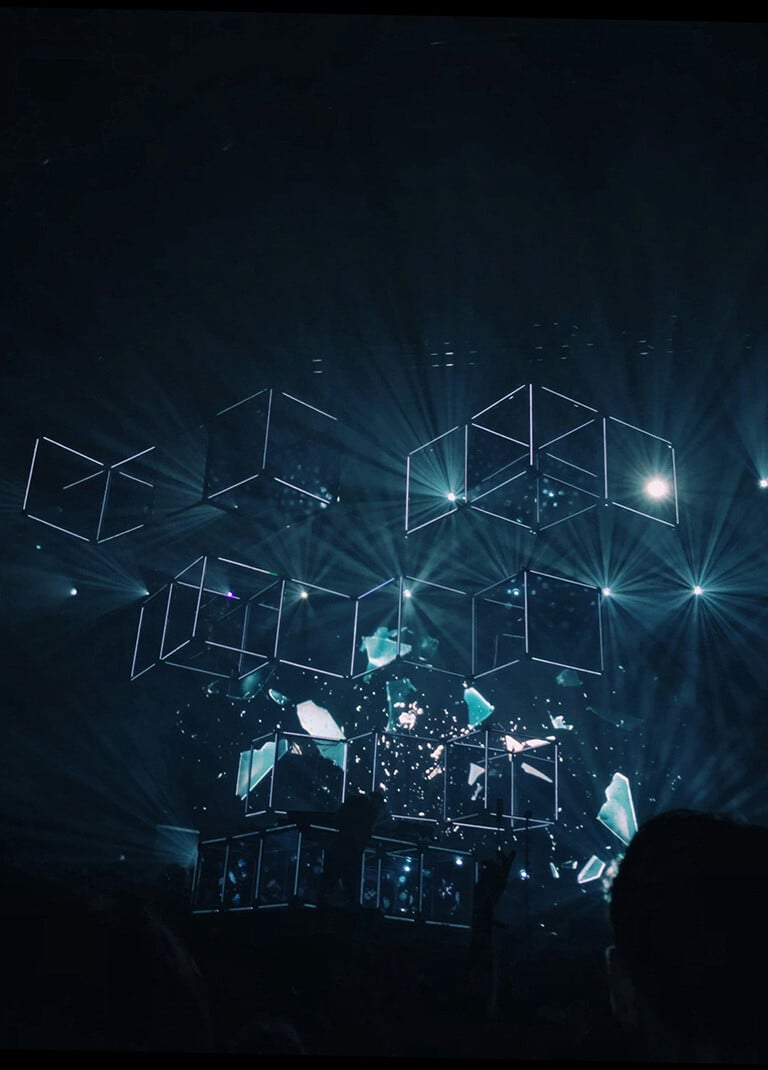The demand for data centers continues to grow exponentially as the world becomes increasingly digitized. These massive facilities, housing the servers that power our online world, are essential infrastructure in today’s digital-first age.
“The need for data centers has soared, fueled by remote work and the growth of high-speed streaming,” reported The New York Times. “The demand for data centers is so great that as soon as one is on the drawing board, the space is quickly scooped up, even before it goes to market.”
Data centers, however, consume vast amounts of energy and contribute significantly to greenhouse gas emissions, translating to a significant energy footprint.
The environmental impact of the cloud cannot be ignored.
“To get at the matter of the Cloud we must unravel the coils of coaxial cables, fiber optic tubes, cellular towers, air conditioners, power distribution units, transformers, water pipes, computer servers, and more. We must attend to its material flows of electricity, water, air, heat, metals, minerals, and rare earth elements that undergird our digital lives,” writes anthropologist Steven Gonzalez Monserrate in the MIT Press. “In this way, the Cloud is not only material, but is also an ecological force. As it continues to expand, its environmental impact increases, even as the engineers, technicians, and executives behind its infrastructures strive to balance profitability with sustainability.”
The good news is that the future of data centers is trending toward sustainability. The industry is embracing sustainable practices and innovative technologies to address the environmental challenges.
Let’s look at five key trends and five exciting innovations shaping a greener tomorrow for data centers and explore how they are driving this transformation.
Trend No. 1: Renewable Energy Integration
One of the most significant trends in sustainable data centers is the integration of renewable energy sources. Many data center operators are investing in solar, wind, and hydroelectric power to reduce their reliance on fossil fuels. Some companies, such as Google and Apple, have even committed to powering their data centers entirely with renewable energy. Some data industry movers and shakers have pledged to be climate-neutral by 2030. By adopting clean energy sources, data centers can significantly reduce their carbon footprint and contribute to a more sustainable future.
Trend No. 2: Advanced Cooling Technologies
Cooling is a critical aspect of data center operations, as it ensures optimal performance and prevents equipment from overheating. However, traditional cooling methods, such as air conditioning, are energy-intensive and inefficient. To address this issue, data centers are adopting advanced cooling technologies, such as liquid cooling and immersion cooling. These methods are more effective at removing heat and require less energy, resulting in improved sustainability and cost savings.
Trend No. 3: AI-Driven Energy Optimization
Artificial intelligence (AI) is playing an increasingly important role in optimizing data center energy consumption. AI algorithms can analyze vast amounts of data, including temperature, humidity, and power usage, to identify inefficiencies and optimize performance. By leveraging AI, data centers can dynamically adjust cooling and power distribution, reducing energy waste and improving overall sustainability. Companies like Google and DeepMind have already demonstrated the potential of AI in reducing data center energy consumption by up to 4 percent.
Trend No. 4 Circular Economy and Extending Lifespans
The traditional approach of constantly upgrading and replacing servers is being challenged by the concept of a circular economy in data centers. This involves maximizing the lifespan of existing hardware and finding creative ways to reuse or repurpose components at their end of life. Additionally, initiatives are underway to explore second-life uses for retired server components, minimizing electronic waste.
Trend No. 5: Water Conservation and Efficiency
Water is a critical resource in data center operations, primarily used for cooling purposes. As water scarcity becomes a growing concern, data centers are implementing innovative solutions to reduce their water consumption and improve efficiency. Some facilities are adopting advanced water-treatment systems that enable the reuse and recycling of water, minimizing the need for freshwater intake. Others are implementing air-cooled systems that eliminate the need for water altogether. By prioritizing water conservation and efficiency, data centers can reduce their environmental impact and contribute to more sustainable operations.

Innovation No. 1: Modular Data Centers
Modular data centers are an innovative approach to building sustainable facilities. These prefabricated, containerized data centers can be rapidly deployed and easily scaled to meet changing demands. Modular data centers are designed with energy efficiency in mind, incorporating features such as high-density servers, optimized airflow, and advanced cooling systems. By adopting a modular approach, data center operators can reduce construction waste, minimize energy consumption, and improve overall sustainability.
Innovation No. 2: Waste Heat Utilization
Data centers generate a significant amount of waste heat, which is typically released into the environment. However, innovative solutions are emerging to capture and utilize this waste heat for other purposes. For example, some data centers are partnering with local communities to provide district heating, where the waste heat is used to warm nearby buildings. Others are using waste heat to power on-site greenhouses or aquaculture facilities. By finding creative ways to repurpose waste heat, data centers can reduce their environmental impact and contribute to circular economy principles.
Innovation No. 3: Green Data Center Certifications
To encourage and recognize sustainable practices in the data center industry, various certification programs have been established. These certifications, such as LEED (Leadership in Energy and Environmental Design) and BREEAM (Building Research Establishment Environmental Assessment Method), provide a framework for designing, constructing, and operating environmentally friendly data centers. By pursuing these certifications, data center operators demonstrate their commitment to sustainability and can attract environmentally conscious customers.
Innovation No. 4: Free Cooling Leverages Natural Resources
Data centers in locations with cool climates can leverage free cooling technologies. These systems use outside air to cool servers, eliminating the need for energy-intensive air conditioning units for a significant portion of the year. Advancements in air filtration and humidity control are making free cooling a more viable option for data centers in diverse climates. This can lead to substantial energy savings, particularly in colder regions.
Innovation No. 5: Edge Computing and Decentralization
Edge computing is revolutionizing the way data is processed and stored by bringing computation closer to the point of data generation. By decentralizing data processing and storage, edge computing reduces the need for large, centralized data centers, resulting in lower energy consumption and reduced carbon emissions. Furthermore, edge computing enables more efficient use of resources by minimizing the distance data needs to travel, reducing latency and improving overall system performance. As the Internet of Things (IoT) continues to proliferate and generate vast amounts of data, edge computing will become increasingly essential for building sustainable data infrastructures.
Future of Sustainable Data Centers is Bright
The future of sustainable data centers is bright, driven by a combination of innovative technologies and a growing awareness of the industry’s environmental impact.
By embracing renewable energy, advanced cooling technologies, AI-driven optimization, modular designs, waste heat utilization, and green certifications, data centers can significantly reduce their carbon footprint and contribute to a more sustainable future.
As the demand for data services continues to grow, it is crucial that the industry remains at the forefront of sustainable practices to ensure a healthy planet for generations to come.









